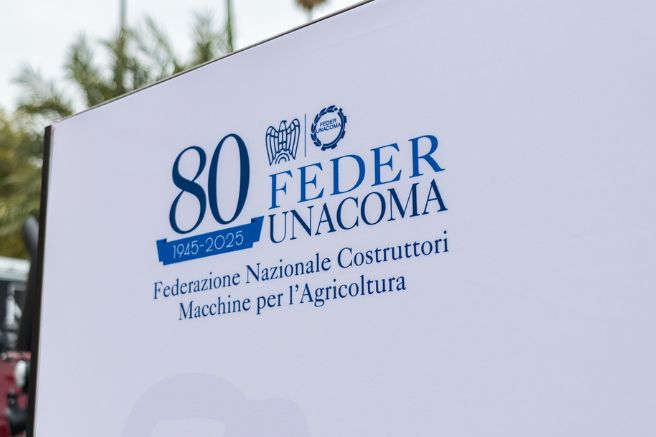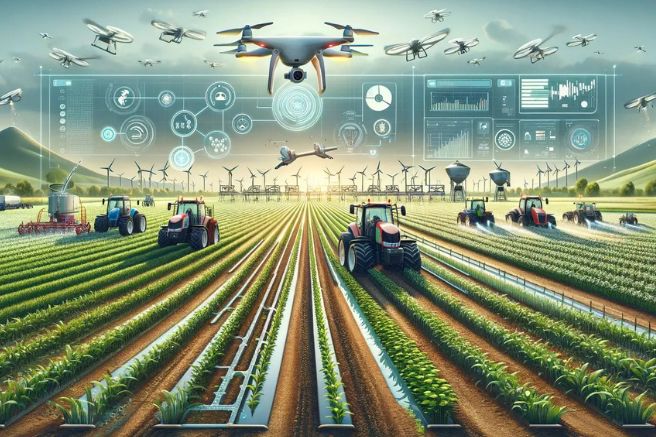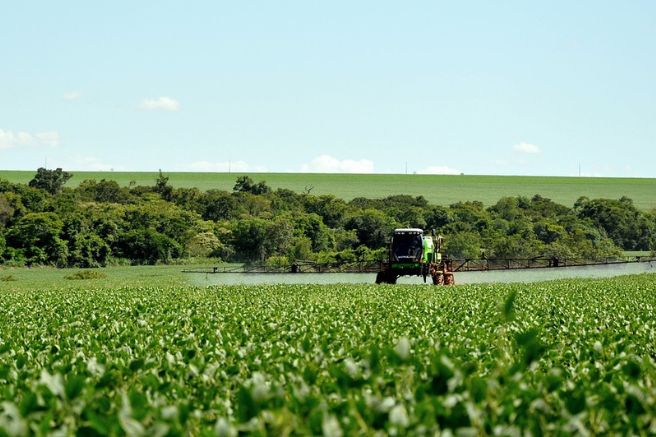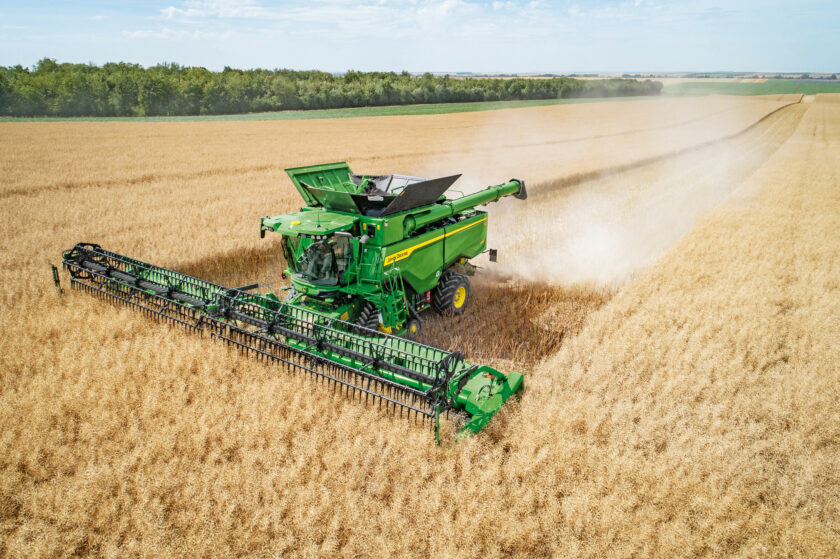
Published in 1992, “Automatic for the people,” with 18 million copies sold, was the album that established REM as the rock band symbol of a generation. The title, seemingly bizarre at the time, referred to the slogan of a venue near the University of Athens in the state of Georgia, which had recently begun experimenting with an order automation program for its customers.
Higher levels of automation
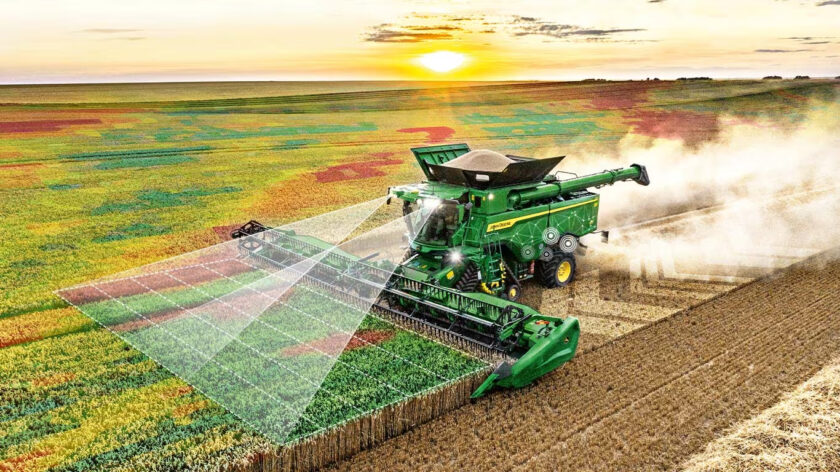
An innovative path that, with due proportion, John Deere has long embarked on in the segment of large self-propelled harvesters and has been reiterated with the launch of the new “S7” combine series, machines derived from the existing “S” axial series, but enriched with technological advancements capable of almost completely automating harvesting cycles, thus making extensive activities more profitable and virtuous.
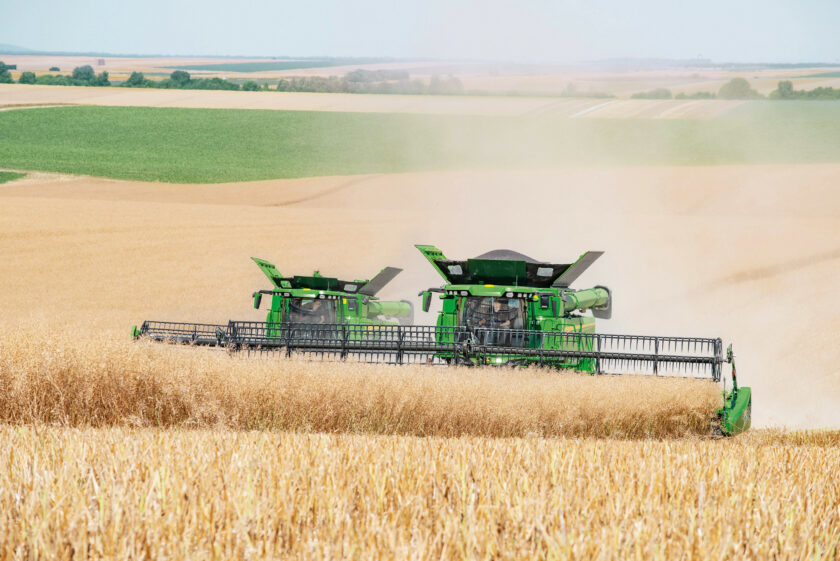
Structured on the basis of four models that, nominally and in terms of performance, are almost perfectly aligned with what is proposed by the current “S” versions, the new series adds to all the most modern solutions developed by John Deere for precision farming, from the “StarFire” receiver to the “AutoTrac” automatic guidance, up to the advanced control system “CommandCenter G5Plus”, also the possibility to use the optional “Harvest Settings Automation” function dedicated to the automatic adjustment of the machines during harvesting based on pre-set parameters.
Once on board, it is sufficient to select the working condition to be favored, choosing the limits of product loss, foreign bodies, and damaged grain, and then leaving the system to adjust five functional parameters of the combine according to the harvesting conditions.
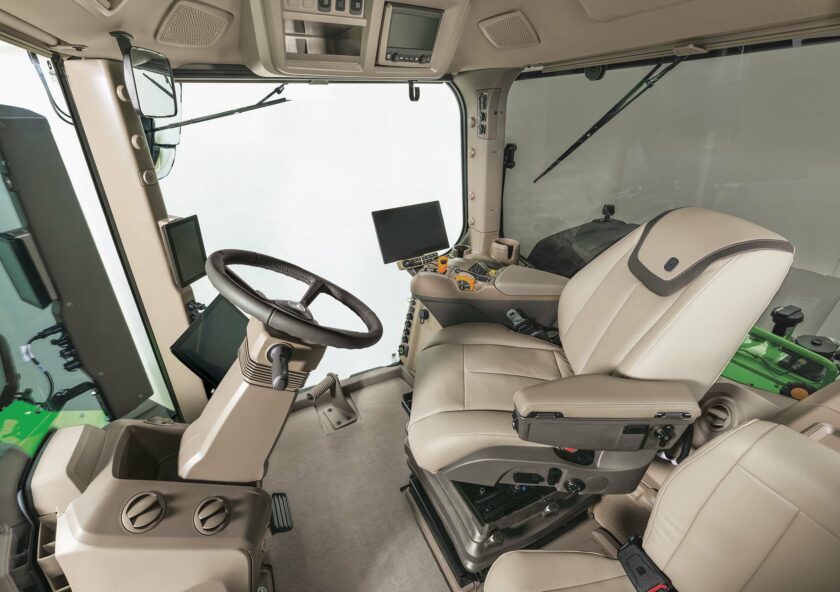
Thanks to this, the operator on board can avoid worrying about traditional adjustments to focus exclusively on the working speed, provided that this parameter can also be automated on the “S7” series thanks to the predictive automation of the advancement speed, operating based on the images collected by front cameras that a specific software analyzes in real-time to evaluate the vegetative status of the product to be harvested, thus adjusting the combine’s working speed continuously.
The “robot” John Deere “S7”
Configured in this way, the “S7” combine series in the field become true autonomous robots, where human presence on board is essentially induced by precautionary safety reasons, although the latter could be delegated to remote control in the future, already achievable through the “JdLink” system that bi-directionally connects the machine to the “John Deere Operations Center”, allowing the owner to supervise ongoing applications in real-time and archive all operational data for the creation of a historical database.
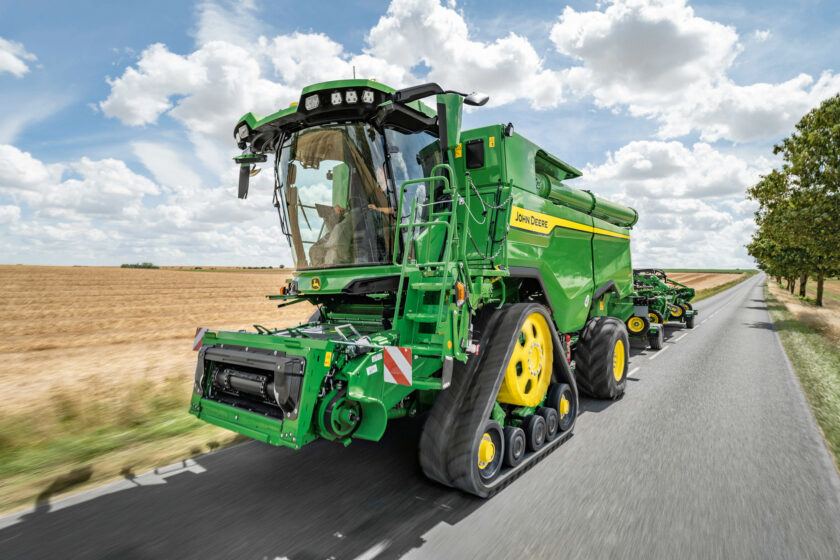
Unchanged compared to the current generation “S” series versions are the maximum powers, but they are delivered through new John Deere engines for the four models belonging to the “S7” series. The “S7 700” base version, with 467 horsepower, is equipped with the new six-cylinder “Jd9X” engine with a displacement of nine liters, while the higher-performance versions “S7 800”, “S7 850”, and “S7 900”, respectively with 547, 579, and 629 horsepower, are powered by the six-cylinder “Jd14X” engine with a displacement of 13 liters and 600 cubic centimeters, which also equips the top-of-the-line “X9” axial combine series, bringing to the lower-class machines the proven “HarvestMotion” system that automatically maximizes torque and power based on the operating regime and load with the aim of minimizing fuel consumption.
Beyond the limits
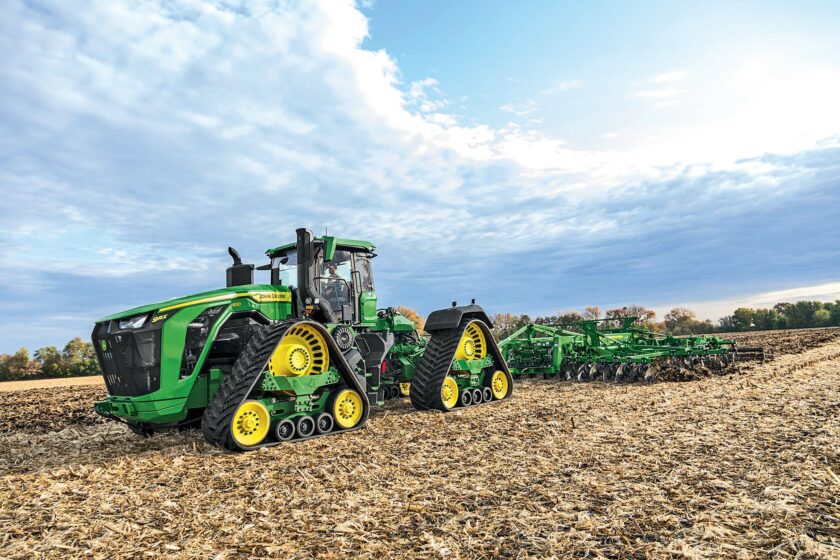
In parallel with the launch of the new “S7” combines, John Deere has also announced the expansion upwards of its series of high-power quad-track tractors “9Rx”. Three models made their debut at the end of last February, named “9Rx 710”, “9Rx 770”, and “9Rx 830”, all equipped with the six-cylinder “Jd18X” engine with a displacement of 18 liters, which also equips the self-propelled forage harvesters series “9000”.
In practice, these are high-performance tractors specifically targeting the North American and Central Eastern European markets with maximum calibrations in the order of 781, 847, and 913 horsepower achieved through high-pressure common rail fuel systems, four-valve distributions per cylinder, and forced inductions through twin-turbo systems, one of which, operating at low speeds, feeds the other.
Stage V emissions are achieved through a cooled exhaust gas recirculation (EGR) system that avoids the need for SCR systems and urea tanks, while the units can deliver up to 4,234 newton-meters of torque at 1,400 rpm, contributing to achieving low specific fuel consumption. This objective is greatly aided by the presence of the new “e21” transmission, an automatic managed powershift unit that, through the “Efficiency Manager” system, relieves the operator from manually intervening to manage gear changes, constantly and autonomously optimizing the ratio between engine load and forward speed.
Title: John Deere “S7”, automatic for the people
Traslation with ChatGPT





